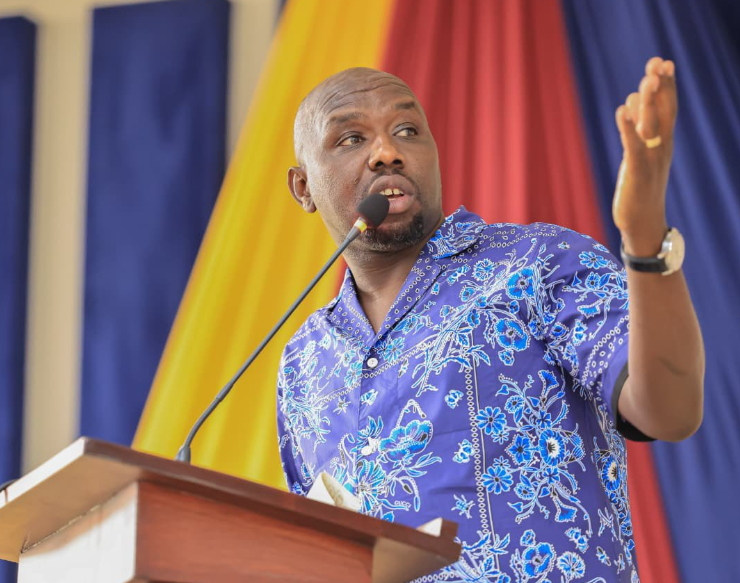The rolling hills of Eldoret, Kenya the famed “Home of Champions” and the Palouse hills surrounding Pullman, Washington, share a remarkable bond. Both regions nurture athletic excellence, cultivating world-class runners who continue to make history.
This connection was celebrated recently when Washington State University (WSU) unveiled a bronze statue in honour of the late Henry Rono, one of Kenya’s most celebrated track legends. Rono, who passed away in February 2024, remains a global icon for his incredible feat in 1978 setting four world records in just 81 days in the 3,000, 5,000, and 10,000 metres, as well as the 3,000-metre steeplechase.
Standing 2.13 metres tall and weighing 159 kilograms, the bronze sculpture now graces the north end of Mooberry Track, near Flag Lane where Rono once trained nearly five decades ago. The masterpiece was crafted by Ott Jones, a renowned wildlife and sporting sculptor and fellow WSU alumnus.
The statue unveiling, held this September, followed another tribute earlier in August when the Pullman Chamber of Commerce honoured Rono with a Walk of Fame plaque during the annual National Lentil Festival. Together, these gestures immortalize his contributions to athletics and his enduring influence on both continents.
Clad in crimson and grey, WSU’s signature colours, the statue captures the spirit of determination that defined Rono’s career. For students and athletes walking past the fields toward their classes, the towering figure serves as a daily reminder of what passion and discipline can achieve.
Nearly fifty years after Rono’s dominance, two promising Kenyan athletes Evans Kurui and Solomon Kipchoge, both second-year students at WSU are training on the same track, driven by the legacy of the man whose footsteps they now follow.
From Eldoret to Pullman, Henry Rono’s story continues to inspire generations to dream big and run even faster.

